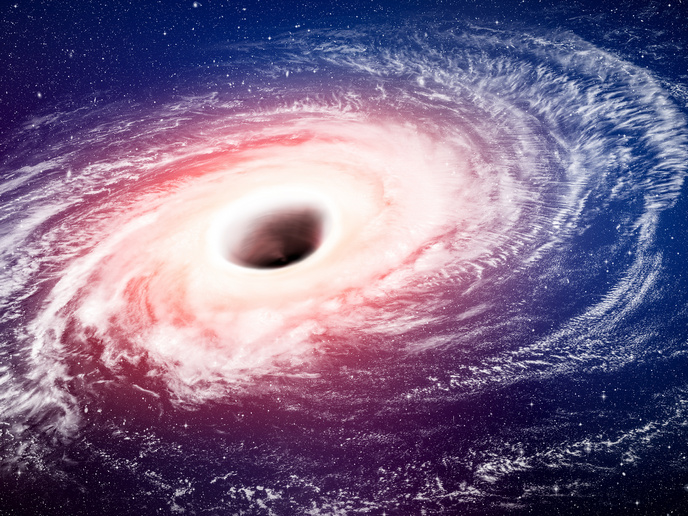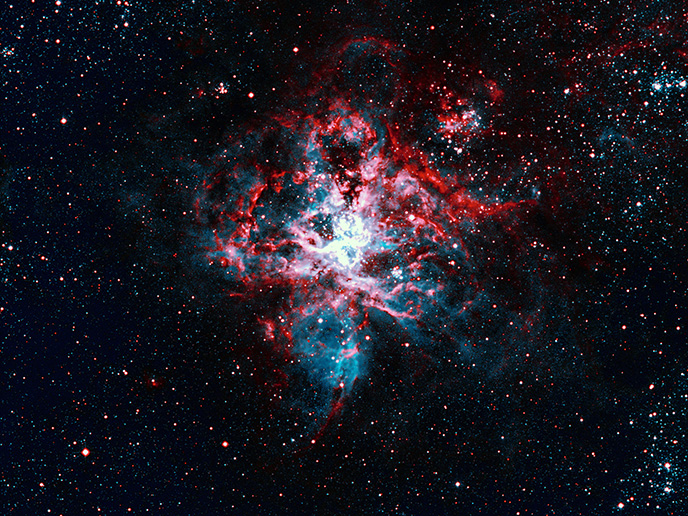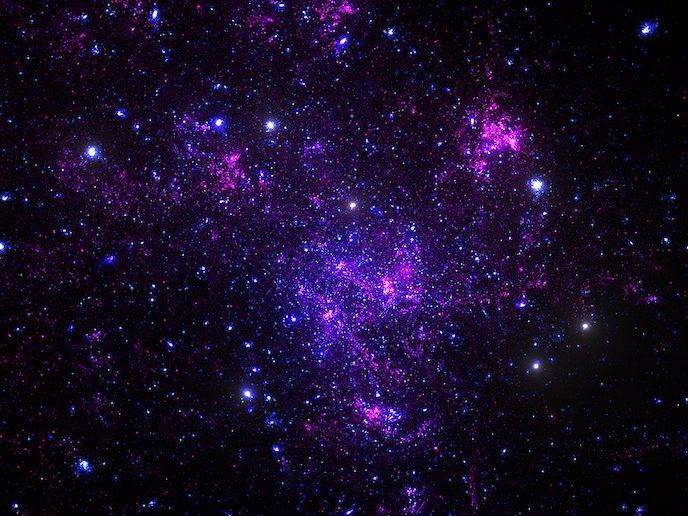New tests offer 'smoking gun' signatures for dark matter and modified gravity
The discovery of ripples in space-time that were produced by a collision between two black holes vindicates Einstein but it also does much more: it offers astronomers a tool for testing new physics. Gravitational waves could throw light on mysteries such as dark energy and dark matter which do not fall under the watch of the Standard Model. Furthermore, they could help astronomers describe gravity according to the principles of quantum mechanics.
Tweaking Einstein’s gravity theory
An idea the StronGrHEP project has investigated is extending Einstein’s general relativity with a new theory, dubbed scalar tensor gravity. This suggests that the universe is filled with an extra field that has yet to be detected. This research was undertaken with the support of the Marie Skłodowska-Curie Actions programme. It means the supernova explosion of a dying star would not only be visible as a burst of gravitational waves, but there would be an afterglow of gravitational waves that we might detect. “We could direct the Laser Interferometer Gravitational-Wave Observatory (LIGO) to regions of the sky where stars have exploded – for example in Kepler's Supernova – to try to detect such an afterglow from the scalar field that may persist centuries after the actual explosion,” notes project coordinator Ulrich Sperhake.
Black holes acting as messengers of modified gravity theories
“When two black holes collide, they merge into a single black hole that rings much like a bell struck by a hammer, sending out gravitational waves. Embedded in these gravitational waves are specific frequencies (tones), which are akin to individual notes in a musical chord. The frequency spectrum of these tones acts like a fingerprint in identifying a black hole and the gravity theory that governs its oscillations,” explains Sperhake. Astronomers can detect the signals if they stay above the sensitivity threshold of LIGO/VIRGO. The project team computed such a tone from the event horizon of a black hole binary – it would be of weaker strength than the one detected in 2015. This fingerprint will allow for searching or ruling out evidence of gravitational wave echoes stemming from black hole mimickers – exotic compact objects such as wormholes that do not have an event horizon. This data provides the foundation for conducting deep tests of gravity theory and possibly finding evidence of its partial breakdown. The first-ever picture of a black hole obtained by the Event Horizon Telescope in 2019 could also point to modified gravity. The image matched theoretical predictions: black holes are dark shadows surrounded by a crown of light emitted by different regions of the accretion disk. The black hole's extreme gravity skews light, causing the disk to resemble a helmet. The team explored these black hole shadows in detail under the prisms of modified gravity. The resulting images revealed a remarkably complex structure reminiscent of fractal images.
Prominent dark matter candidates
“Black hole shadows could also be affected by the presence of dark matter,” adds Sperhake. The team modelled what shadows might look like if the theoretical subatomic axion particles are present. Very light bosonic fields are another class of appealing dark matter candidates. If they exist, they should condense around spinning black holes, forming clouds. “Just like oceans on Earth, these clouds are hit by tides from other massive bodies. We showed when tides are large enough, the clouds are ripped off their host black hole, in a violent tidal disruption event,” concludes Sperhake.
Keywords
StronGrHEP, black hole, gravitational waves, dark matter, modified gravity, Standard Model, scalar tensor gravity







